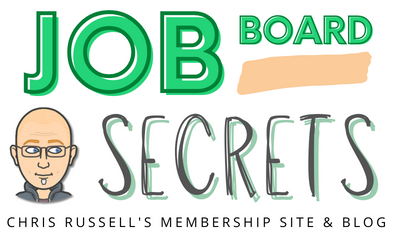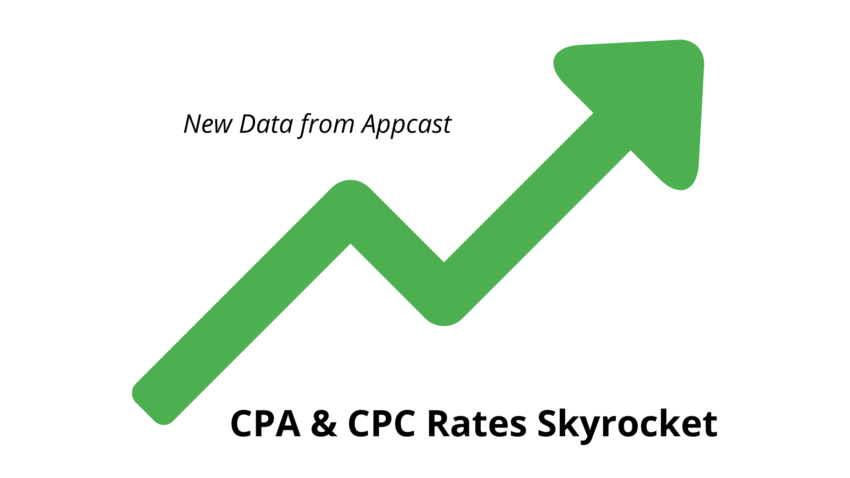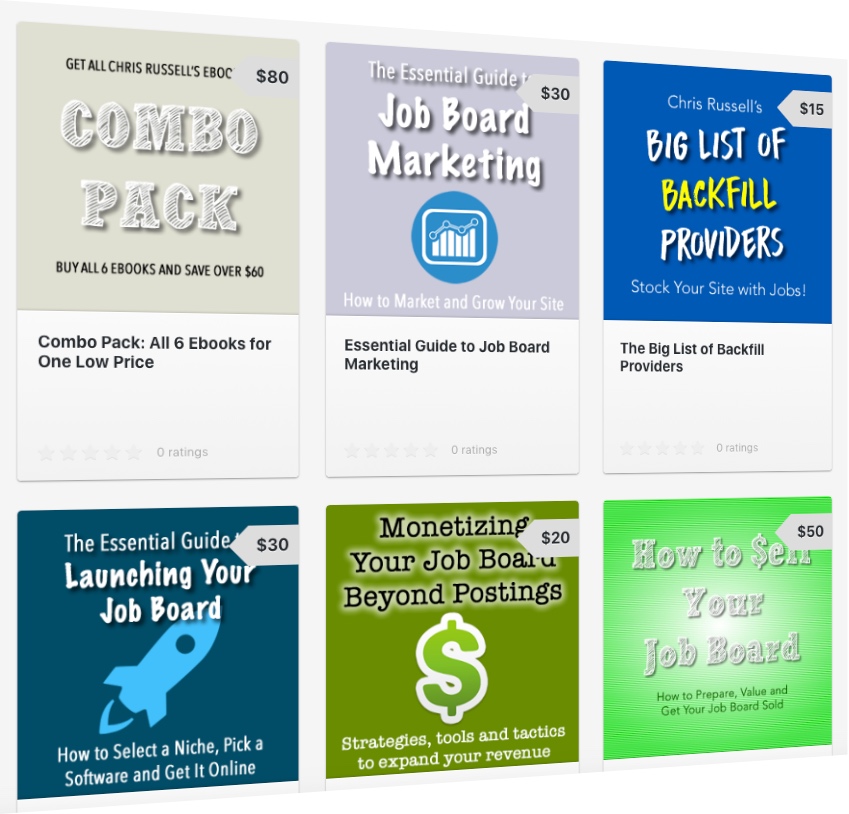Interesting data here for job board operators. Big rises in CPA and CPC rates.
Appcast, the global leader in programmatic recruitment advertising technology and services, today unveiled the findings of its sixth annual “Recruitment Marketing Benchmark Report.” The report examines 2021 job ad data – 165 million job ad clicks and 8 million applies – from nearly 1,200 U.S. employers, uncovering how industry and job function, geography and market, job ad content and timing impact recruitment advertising outcomes.
Cost Per Application Skyrockets
2021 was one of the most challenging years for recruiters in recent history due to a perfect storm of fierce competition for talent paired with a pandemic-induced mismatch in labor supply, and these trends look set to continue. The impact of these dynamics is evident in these sharp spikes to recruitment marketing costs:
- Cost per application (CPA) rose by 43% in 2021 compared to 2020.
- Cost per click (CPC) on job applications rose by 54% in 2021, another key indicator of high recruiting costs.
- By comparison, CPC rose by just 11% in 2020.
Overwhelming demand for workers across all industries left job seekers with a wealth of options, allowing people to be more selective. Additionally, many remained concerned about COVID risks resulting in a slow rebound in worker participation – something the labor market continues to grapple with.
Data Confirms Strong Demand for Remote Work
The report found that including “remote work” or “work from home (WFH)” in job ads resulted in a higher apply rate and lower CPA. Findings showed that the median CPA dropped from $23.29 to $20.16 when the job ad mentioned remote work, a 13% reduction in costs. Furthermore, when WFH options were mentioned in a job ad, the apply rate improved by 12%. These findings reveal a significant opportunity to reach and attract a broader pool of talent and reduce recruitment advertising costs with job roles that can be performed remotely.
Report Includes Initial Cost Per Hire Data
For the first time, this year’s benchmark report includes an initial analysis of cost per hire (CPH) data. A key metric for assessing recruitment advertising performance, CPH data empowers organizations to bolster job advertising performance by allowing organizations to optimize results to the event that matters most – a hire. Specifically, the initial CPH data analyzed by Appcast revealed that no single hiring source – i.e., job board, website or social media channel – performed best for open positions across all industries. Instead, Appcast found that each hiring source delivered the lowest CPH for at least one job function, and each demonstrated weaknesses. These variations in the performance of various hiring sources emphasize the need for employers to diversify sources and ensure that down-funnel data is at the heart of recruitment advertising decisions.
Pandemic Proves Significant Influence on Apply Rate by Job Function
Out of 24 job functions analyzed, all but six job functions saw a decline in apply rates. Job functions with the sharpest decline in apply rates aligned with industries where concerns over COVID risks and working conditions had the greatest impact on labor shortages.
- The food service industry saw the most notable decline in apply rates, down 2.67%.
- Customer service (down 1.64%), healthcare (down 0.96%) and human resources (down 0.94%) were other industries that experienced the greatest drop in apply rates.
- Manufacturing jobs fared the best, with apply rates increasing by 3.61%.
“Manufacturing jobs are, on average, good jobs. The typical pay is higher than in many industries, while the education requirement is typically a high school diploma, so there are usually few openings in manufacturing,” said Andrew Flowers, labor economist at Appcast. “But the pandemic caused consumer habits to change, especially spending on manufactured goods. As a result, job openings in manufacturing soared. In fact, manufacturing is the industry with the highest increase in job openings compared to Feb. 2020 (pre-pandemic), up more than double.”
Mobile Job Applications Continue Upward Trend
According to the report, 67.24% of job applications were completed on mobile devices in 2021, demonstrating a continued shift in job seekers’ preferences to apply for jobs in the same manner they would shop online.
- Mobile apply rates increased across the board, but were especially significant in several sectors: 86.4% of applies for gig-type jobs (i.e. delivery drivers, ride sharing apps, etc) were done on a mobile device. Other top industries for mobile job applications include manufacturing (78.1%), hospitality (76.9%), transportation (76.5%), warehousing and logistics (76.5%) and food service (73.5%).
- In 2019, only 50.99% of job applications were completed on a mobile device.
- Mobile applies surpassed desktop applies for the first time in 2020.
- From 2020 to 2021, there was a 13.8% decrease in desktop apply rates.
While the predominantly desk-driven technology and legal jobs ranked lowest for percentage of mobile applications, these job functions still saw significant increases in mobile applies. For comparison, in 2021, 32.1% of technology job applications were completed on a mobile device, and that same share was only 22% in 2020.
“The global pandemic’s profound effect on the labor market resonates throughout the data found in this year’s benchmark report. It’s clear that it has been a rocky period for recruiting and hiring,” said Heather Salerno, chief marketing officer at Appcast. “Through this report, we aim to provide hiring organizations with a deeper understanding of the current labor market and arm TA leaders with valuable data and insights to achieve their recruitment goals and rise above this difficult labor market.”
Heather Salerno



